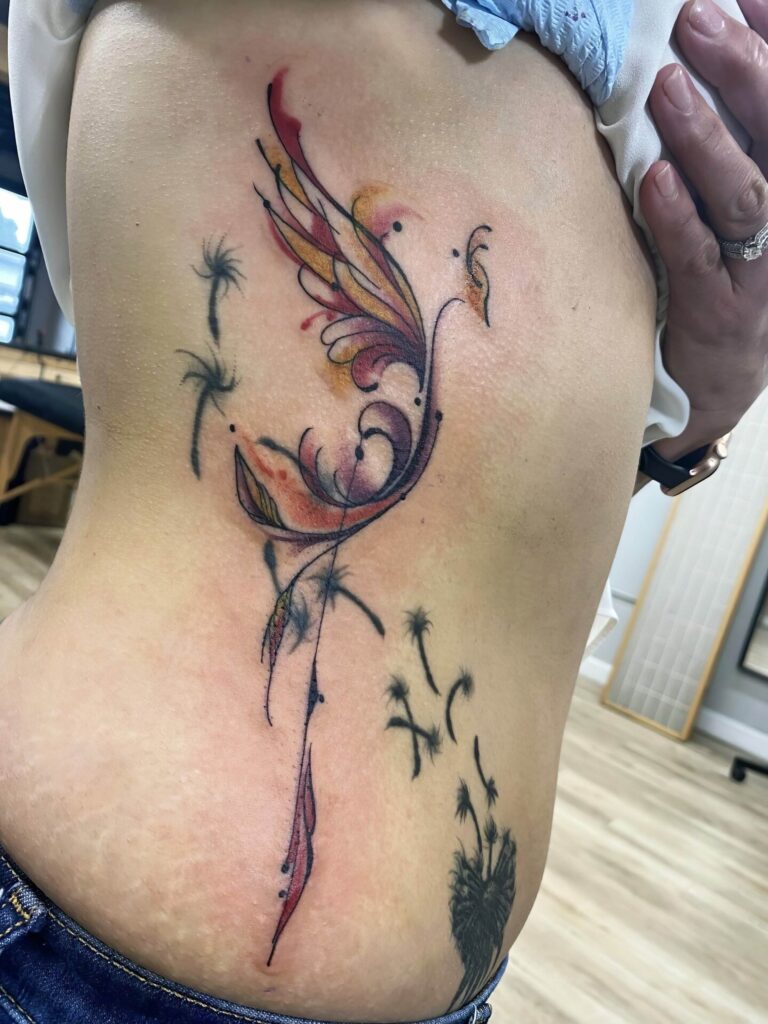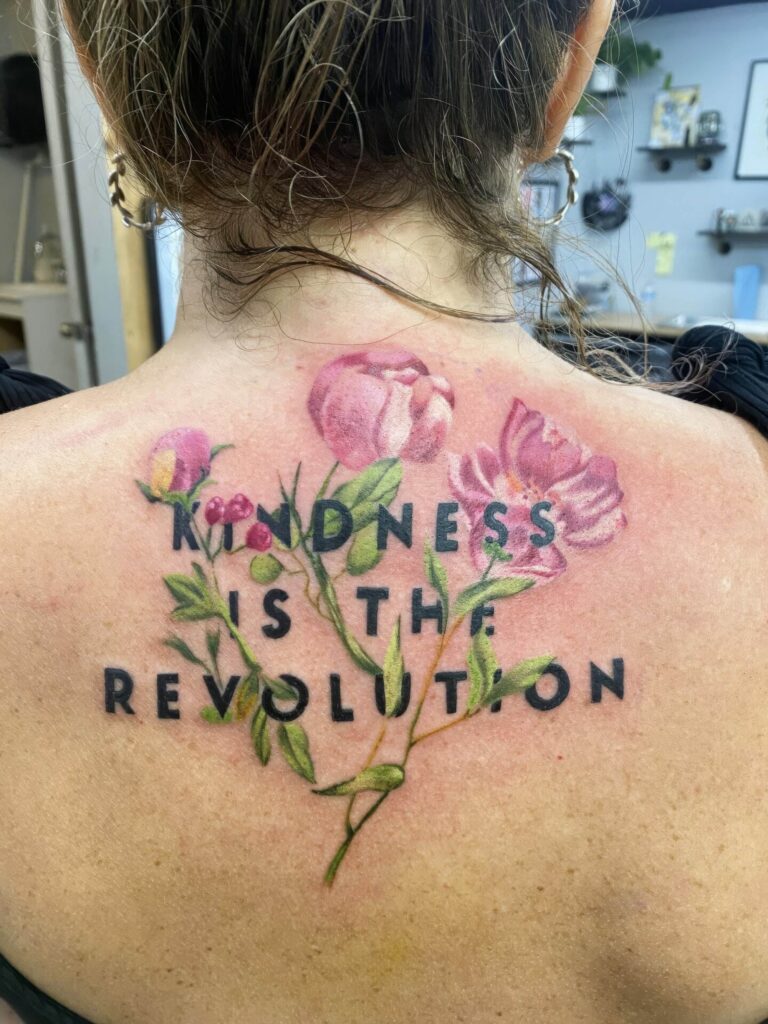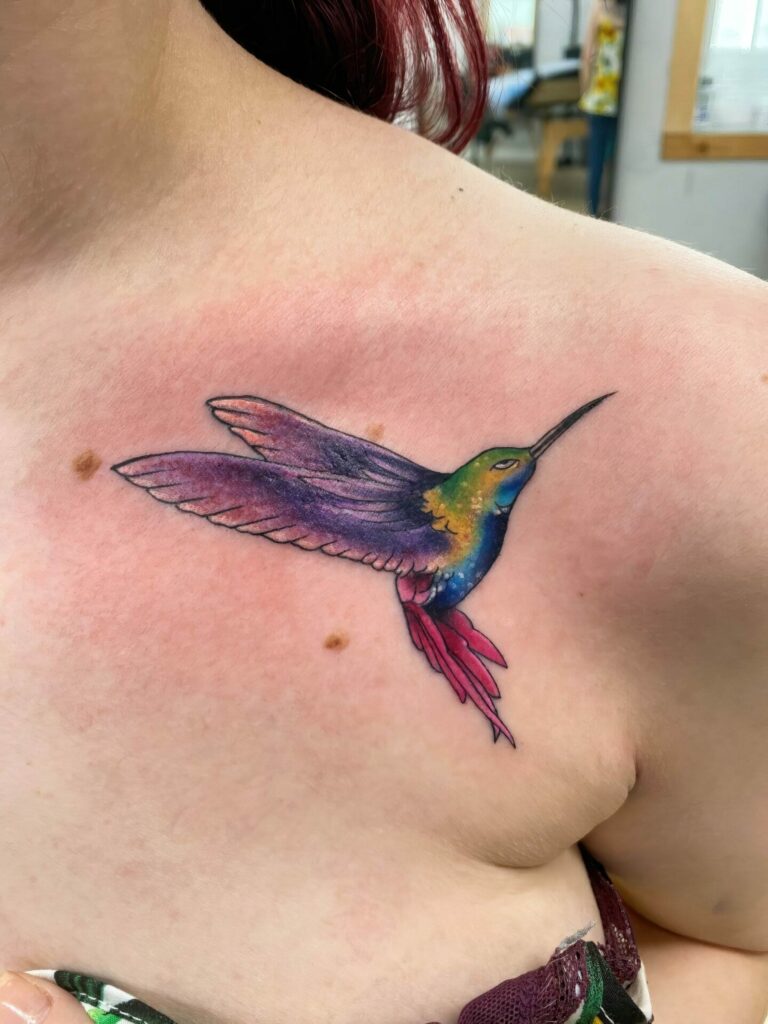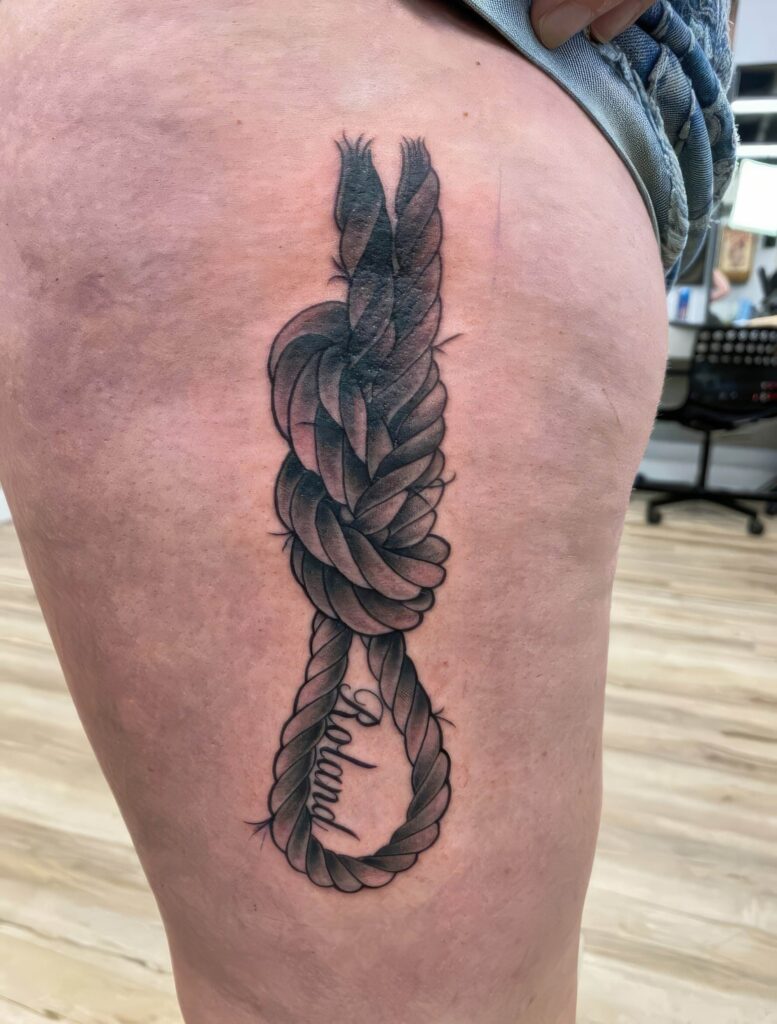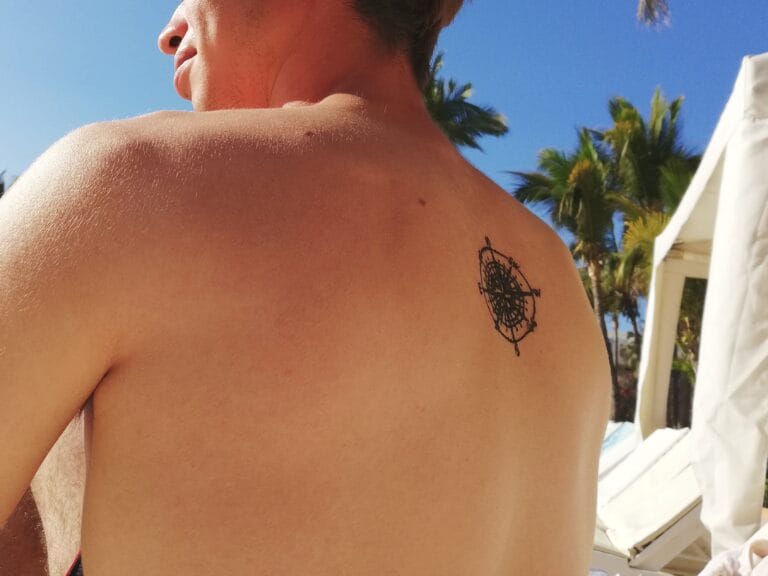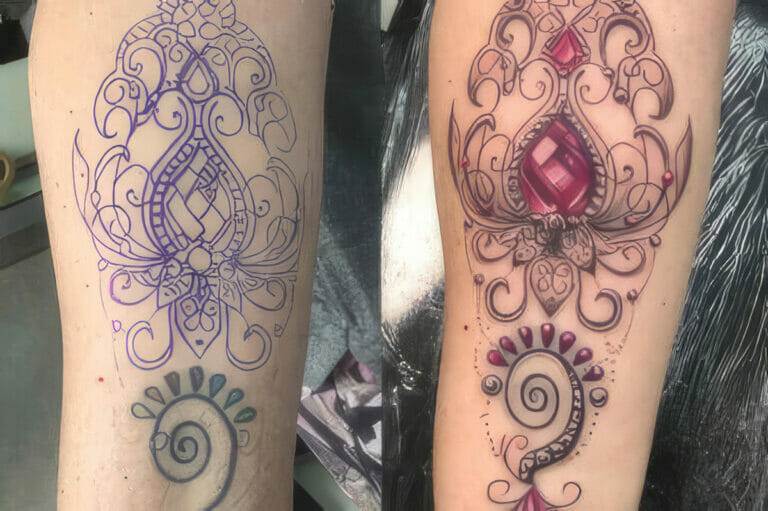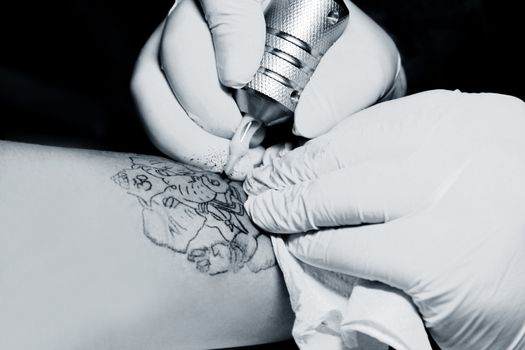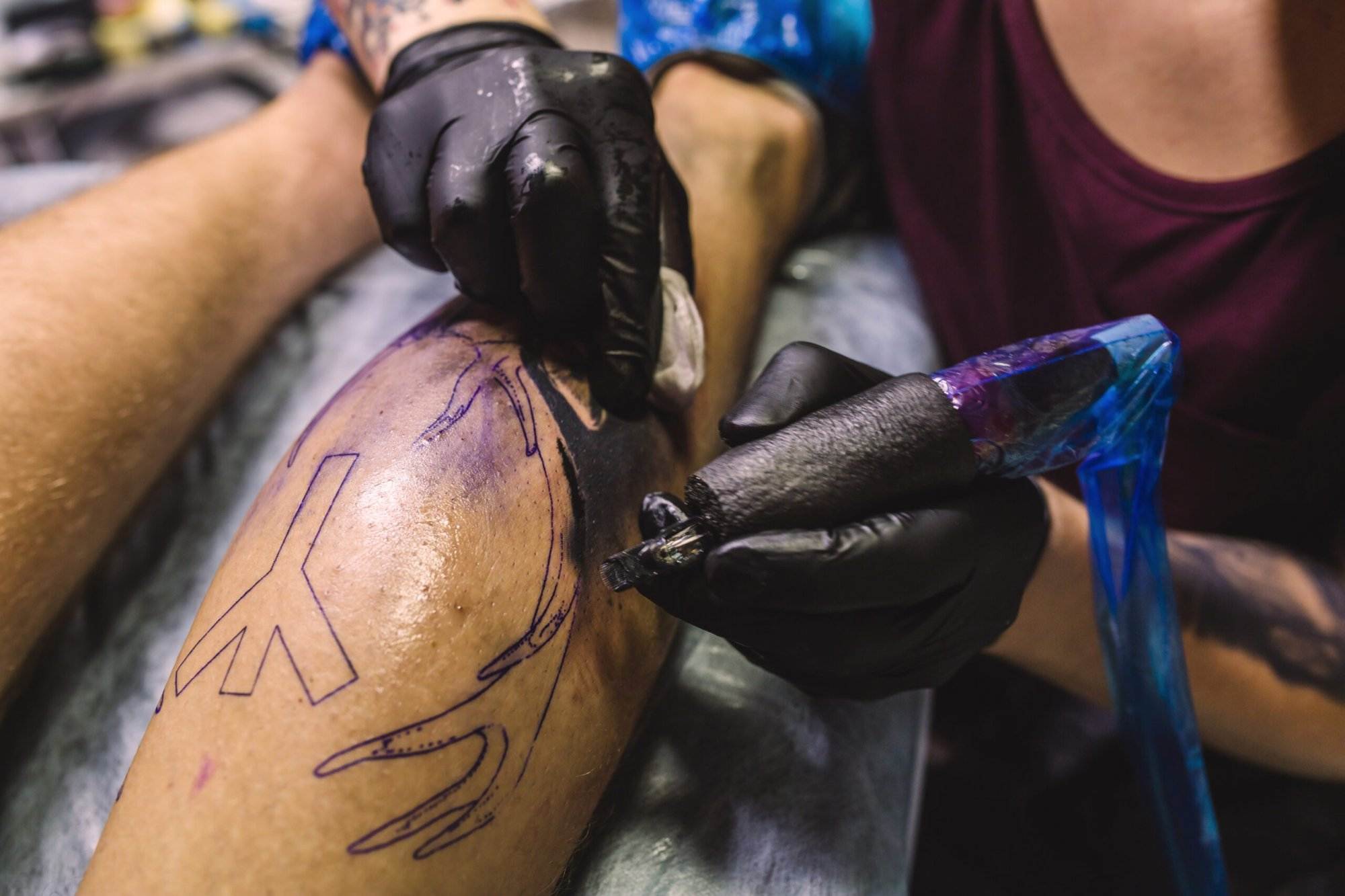
Initial Healing Period
The initial healing period of a tattoo is critical for ensuring optimal results and long-lasting vibrancy. Typically lasting about two weeks, this phase involves the skin forming a protective layer over the ink, which is essential for the tattoo’s longevity. During this time, it’s not uncommon for individuals to experience some degree of discomfort. Common sensations include:
- Tenderness in the tattooed area
- Mild redness and swelling
- The formation of scabs as the skin heals
Staying mindful of these symptoms can help one differentiate between normal healing and potential issues.
Proper Aftercare Routine
Adopting a proper aftercare routine is vital for promoting healthy healing. Here are some key practices to consider:
- Keep it Clean: Gently wash the tattoo with mild, unscented soap and lukewarm water. Pat it dry with a clean towel.
- Moisturize: Apply a thin layer of fragrance-free moisturizer or specialized tattoo lotion several times a day to prevent dryness and cracking.
- Avoid Picking: Resist the urge to scratch or pick at any scabs. This can promote scarring and hinder the healing process.
- Stay Hydrated: Drink plenty of water to help your skin heal from the inside out.
By strictly following these guidelines, individuals can significantly enhance their tattoo’s appearance and durability, setting the stage for a successful healing journey.
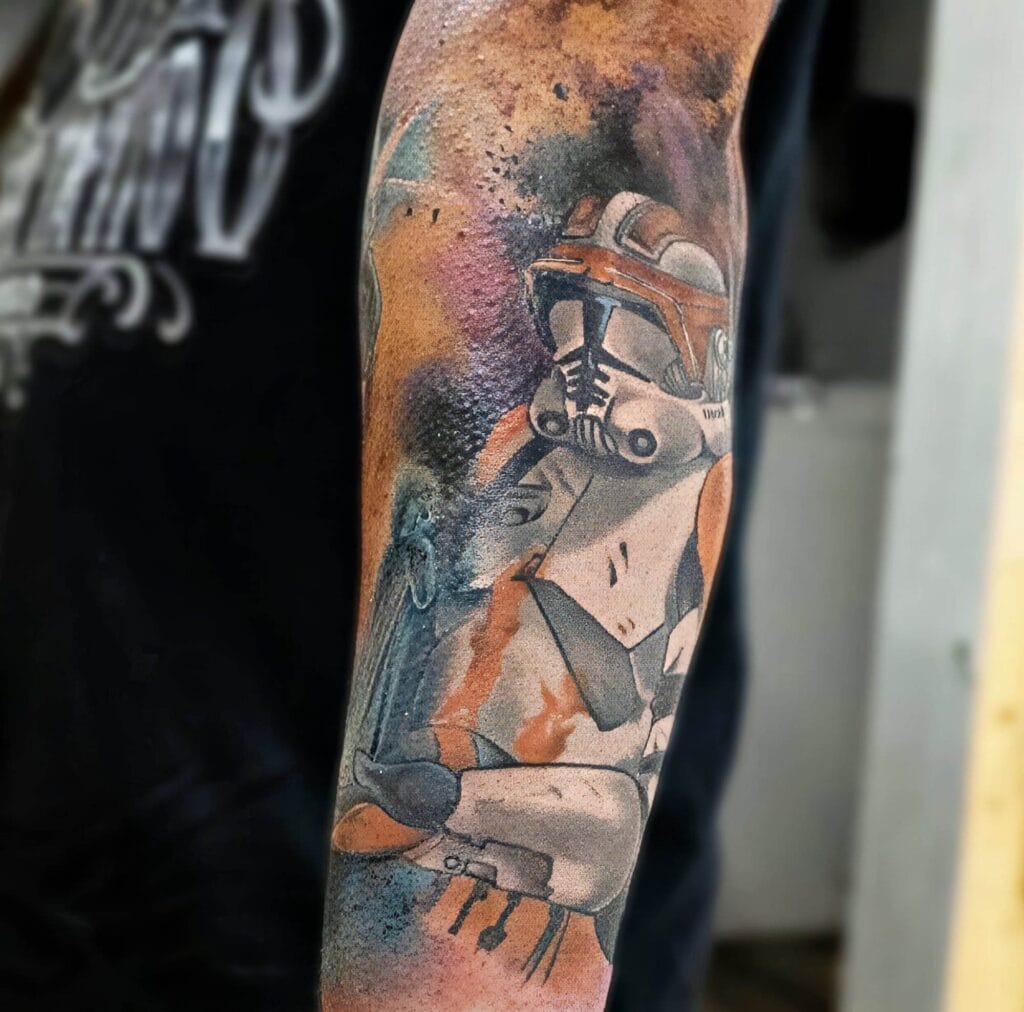
Common Tattoo Healing Symptoms
Redness and Swelling
After getting a tattoo, observing some redness and swelling around the area is completely normal. This is part of the body’s natural response to the trauma inflicted by the needles, akin to a minor injury. Generally, any redness should subside within a few days. Key things to remember about redness and swelling:
- Duration: Expect these symptoms to last anywhere from a few hours to three days.
- Severity: Mild redness is typical, but if the swelling worsens or presents with excessive warmth, further evaluation may be necessary.
Monitoring these symptoms is crucial for determining whether the healing process is proceeding normally or if additional action is needed.
Itching and Peeling
As the healing progresses, itching and peeling may occur, signaling that the skin is regenerating. While these sensations can be annoying, they are normal signs of healing. Consider these points regarding itching and peeling:
- Itching: This is often a sign that the skin is healing, but scratching can lead to irritation or scarring.
- Peeling: The skin will flake off as it naturally renews itself.
To manage these sensations, apply a fragrance-free moisturizer or healing ointment and gently dab rather than scratch. This will ease discomfort while keeping the healing tattoo intact. Staying proactive about aftercare can help maintain the artwork’s integrity throughout this vital healing phase.
Duration of the Healing Process
Factors that Affect Healing Time
The healing process of a tattoo typically spans about two to four weeks, but various factors can influence this timeline. Understanding these can be essential for managing expectations and ensuring proper care. Here are some significant factors to consider:
- Size and Detail: Larger or more intricate tattoos often take longer to heal than smaller, simpler designs.
- Location on the Body: Areas with high movement or friction, such as joints, may require extra time to heal compared to more stable areas.
- Skin Type and Overall Health: Individuals with sensitive skin or underlying health conditions may experience longer healing durations.
- Aftercare Practices: Effective aftercare routines can shorten healing times, while neglecting care can prolong the process.
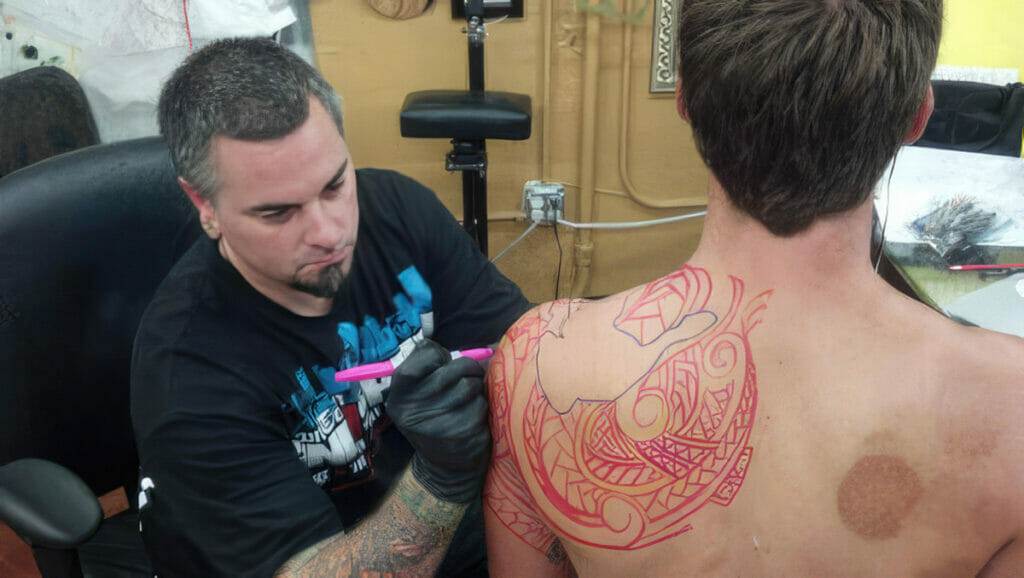
Signs of Infection to Watch for
While most healing symptoms are normal, it’s crucial to identify signs of infection, which may require immediate attention. Watch out for:
- Increased Redness: If the redness spreads significantly beyond the tattoo area.
- Pus or Discharge: Yellow or green drainage can indicate an infection.
- Intense Pain: If pain intensifies rather than subsiding after a few days.
- Fever or Chills: These systemic symptoms warrant immediate medical consultation.
Being aware of these factors and signs helps ensure a smooth healing process, allowing individuals to enjoy their new artwork without unnecessary complications. Regular monitoring and adherence to aftercare guidelines facilitate a successful healing journey.
Dos and Don’ts During Tattoo Healing
Keeping the Tattoo Moisturized
One of the most critical aspects of tattoo aftercare is ensuring that the tattoo remains well-moisturized. Proper hydration prevents excessive dryness, reduces itching, and aids in the overall healing process. Here are some essential dos and don’ts: Dos:
- Use a Gentle Moisturizer: Opt for fragrance-free lotions or balms specifically designed for tattoo care.
- Apply Regularly: Moisturize at least two to three times a day, especially after washing the area.
- Watch for Dryness: If the tattoo starts to feel tight or looks flaky, increase the frequency of application.
Don’ts:
- Avoid Heavy Creams: Steer clear of thick creams that might suffocate the tattoo or clog pores.
- Don’t Over-Apply: A thin layer is sufficient; too much product can lead to build-up and irritation.
Avoiding Direct Sunlight Exposure
Keeping your tattoo out of direct sunlight is crucial during the healing process. UV rays can fade the ink and damage the fresh skin. Here are the best practices: Dos:
- Cover Up: Wear loose clothing over the tattooed area when outdoors to provide a barrier against the sun.
- Use Sunscreen: Once the tattoo has fully healed, apply a high SPF sunscreen to protect the design from fading.
Don’ts:
- Avoid Tanning Beds: These can be particularly harmful during the initial healing phase.
- Don’t Expose to Sun: If possible, limit sun exposure for at least four weeks post-tattooing.
By adhering to these dos and don’ts, individuals can significantly enhance their tattoo’s healing journey, ensuring it looks vibrant and beautiful for years to come.
Tips for a Smooth Healing Process
Importance of Gentle Cleansing
A smooth healing process begins with proper cleansing. Gentle cleansing not only protects the tattoo from infections but also helps maintain its vibrancy. The skin around a new tattoo is particularly sensitive, making it essential to treat it with care. Here’s how to make gentle cleansing a priority:
- Use Lukewarm Water: Washing with lukewarm water prevents further irritation. Hot water can strip natural oils and exacerbate dryness.
- Choose the Right Soap: A mild, fragrance-free antibacterial soap is ideal. Harsh soaps can cause irritation and delay healing.
- Pat Dry, Don’t Rub: After cleansing, gently pat the area dry with a clean towel. Rubbing can disrupt the healing skin.
Consistency in cleansing, especially within the first few days post-tattoo, will pay off significantly.
Managing Discomfort and Pain
Some discomfort is to be expected, particularly in the initial days after getting a tattoo. Understanding how to manage this discomfort is key to a smoother experience:
- Over-the-Counter Pain Relievers: Nonsteroidal anti-inflammatory drugs (NSAIDs) can help alleviate pain and reduce swelling.
- Cold Compresses: Applying a clean, cold compress can soothe the skin and reduce swelling.
- Avoiding Irritants: Keep the tattoo away from harsh fabrics, chemicals, and sweat to minimize discomfort.
By embracing these tips on cleansing and pain management, individuals can set the foundation for a successful, less stressful healing period, ensuring their tattoo looks fantastic as it heals.
What to Expect During the Tattoo Touch-up Session
After the initial healing process, many individuals may find themselves considering a touch-up session to perfect their tattoo. This subsequent appointment is an opportunity to enhance the artwork, ensuring it remains as vibrant and detailed as intended. Understanding what to expect can help ease any anxiety.
The Purpose of a Touch-up
Touch-ups are generally necessary for various reasons:
- Fading: Over time, some colors may fade, particularly in sun-exposed areas.
- Skin Healing: Natural healing processes may lead to parts of the tattoo losing definition or color.
- Personal Preference: Individuals might want to improve details or add elements to their tattoo after further reflection.
The Process of Touch-ups
During a touch-up session, here are some key aspects to keep in mind:
- Consultation: Artists may start with a brief discussion to understand your concerns and goals for the touch-up.
- Pain Level: While touch-ups often cause less discomfort than the original tattooing process, individuals should still expect some sensitivity, especially in previously inked areas.
- Aftercare: After the touch-up, proper aftercare remains vital. Follow the same guidelines as you did post-initial tattoo to ensure optimal healing.
A touch-up session not only refreshes your tattoo but also allows for a deeper connection with your artwork. Whether it’s reinforcing colors or adding intricate details, approaching it with clear communication and care leads to stunning results.
Recognizing Abnormal Healing Signs and When to Consult a Professional
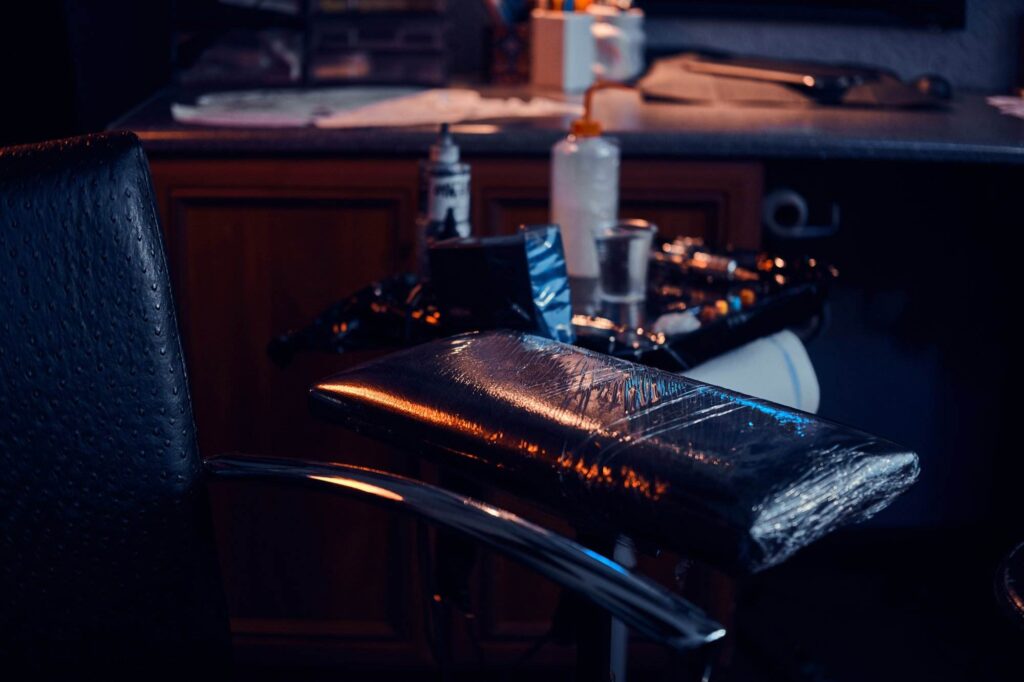
Even with diligent aftercare, sometimes tattoos can exhibit signs of abnormal healing. Recognizing these symptoms early on is essential for preventing complications and ensuring the longevity of your artwork.
Signs of Abnormal Healing
While some discomfort and superficial symptoms are normal, certain signs may indicate a problem. Here are key indicators to watch for:
- Persistent Redness: If redness extends beyond the tattoo area or doesn’t improve after a few days, it may signal inflammation or an infection.
- Unusual Swelling: Swelling should gradually decrease. If it worsens or becomes painful, seek professional advice.
- Pus or Discharge: The presence of yellow or green pus is a clear sign of infection and requires prompt attention.
- Fever or Chills: Systemic symptoms like fever may indicate a more serious issue need immediate medical evaluation.
When to Consult a Professional
If you observe any of the above signs, it’s critical not to delay seeking help. Here’s a quick checklist for when to consult a professional:
- After two days without improvement: If symptoms remain the same or worsen after two days of diligent care.
- Visible Symptoms of Infection: If you notice pus, an increase in pain, or systemic symptoms like fever.
- Concerns About Healing: If you’re unsure about changes in your tattoo, a professional can offer reassurance or recommendations.
By staying observant and proactive, individuals can ensure their tattoo heals properly, allowing them to enjoy their artwork for years to come.

